Schmidt Ocean Institute’s Remotely Operated Vehicle SuBastian shines light on an offshore canyon in Argentine waters nearly twice as deep as the Grand Canyon — capturing images and video of 40 suspected new species, coral fields, and a seastar that resembled a famous cartoon character.
Video and photos available here.
For release Friday, August 15, 2025, 8:00 am ET
Palo Alto, California, USA — An Argentinian-led expedition on board Schmidt Ocean Institute’s R/V Falkor (too) has captured the attention of millions, inspiring a predominantly Argentine audience with live video feeds from the deep seafloor. Over the past three weeks, nearly 4 million people tuned in to Schmidt Ocean Institute’s divestream, or live video webcast, and watched the expedition unfold from their homes, classrooms, grocery stores, bars, and gyms. They witnessed deep-sea wonders alongside the scientists, including shimmering squids, pink lobsters, and a seastar that resembled the SpongeBob character, Patrick Star.
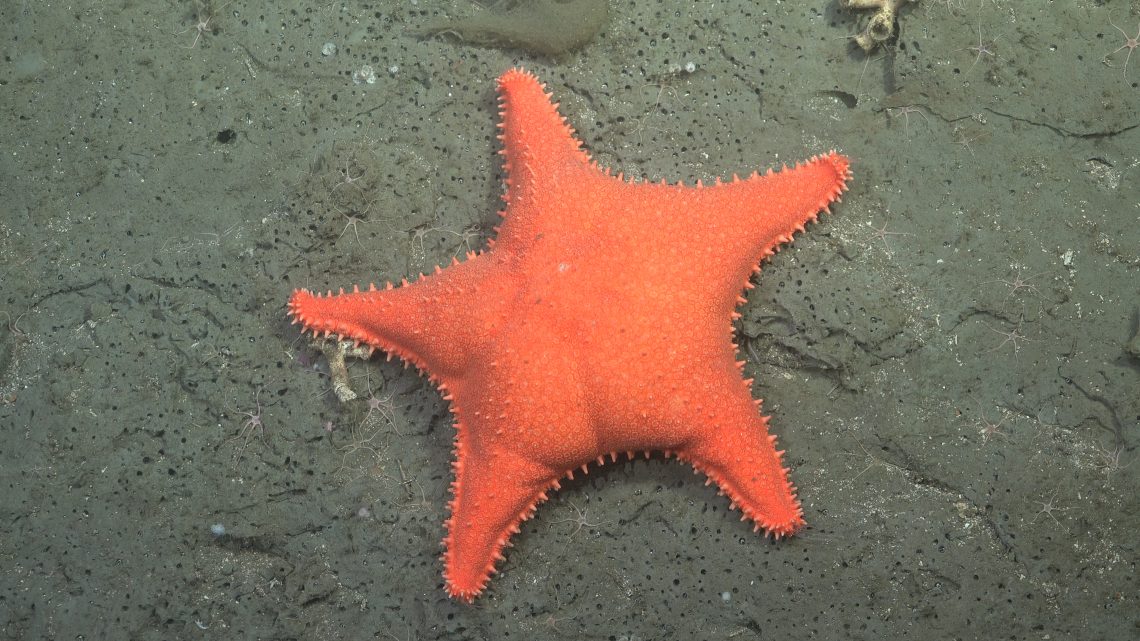
“The deep sea and its awe-inspiring life — from bright corals to mesmerizing octopuses — has captivated an entire nation, thanks to a team of passionate scientists and the millions of people watching their work, via livestream,” said Wendy Schmidt, co-founder and president of Schmidt Ocean Institute. “Argentina is showing the world the power of deep-sea exploration to not only spark wonder, but to remind us how much of our planet remains to be discovered and protected.”
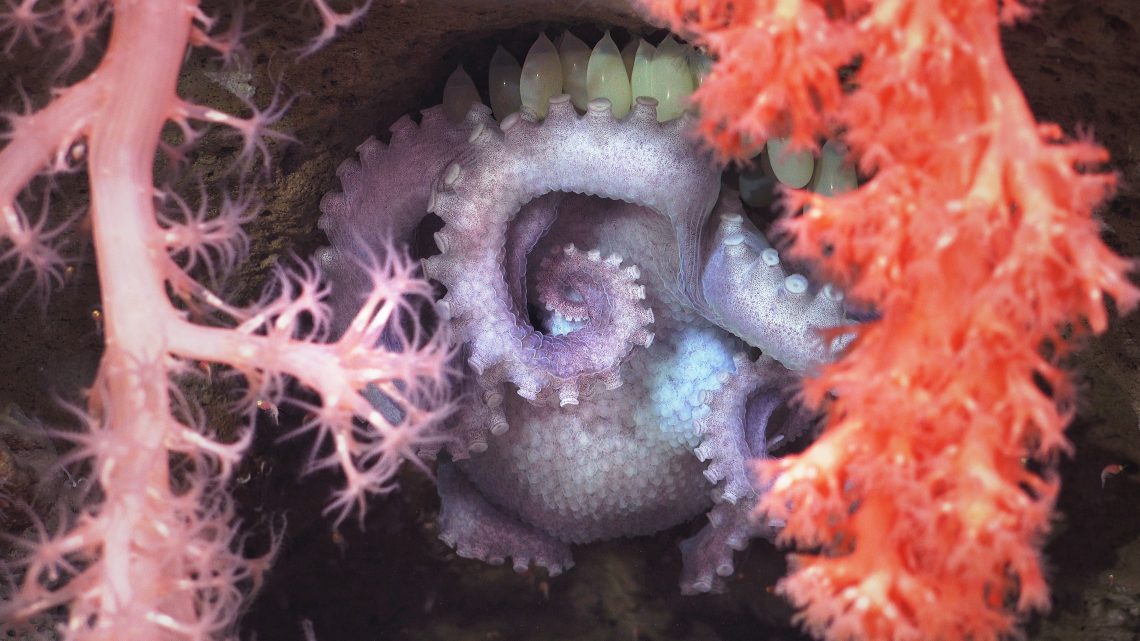
The expedition marks the first time scientists have been able to witness the Mar del Plata Canyon using a remotely operated vehicle (ROV) equipped with sophisticated sampling tools and cameras. The team leading this expedition has studied the area for more than a decade using samples they retrieved with nets and trawls in 2012 and 2013, but this is the first time they have seen their seafloor live.
“This expedition has been a once-in-a-lifetime experience for me, and I’m honored to share it with colleagues I’ve worked with for a decade,” said Chief Scientist Dr. Daniel Lauretta of CONICET and Museo Argentino de Ciencias Naturales Bernardino Rivadavia. “It’s my first time getting to work with an ROV. The image quality captured by ROV SuBastian has been outstanding and helps us better understand the complexity of this habitat and the remarkable biodiversity it supports.”
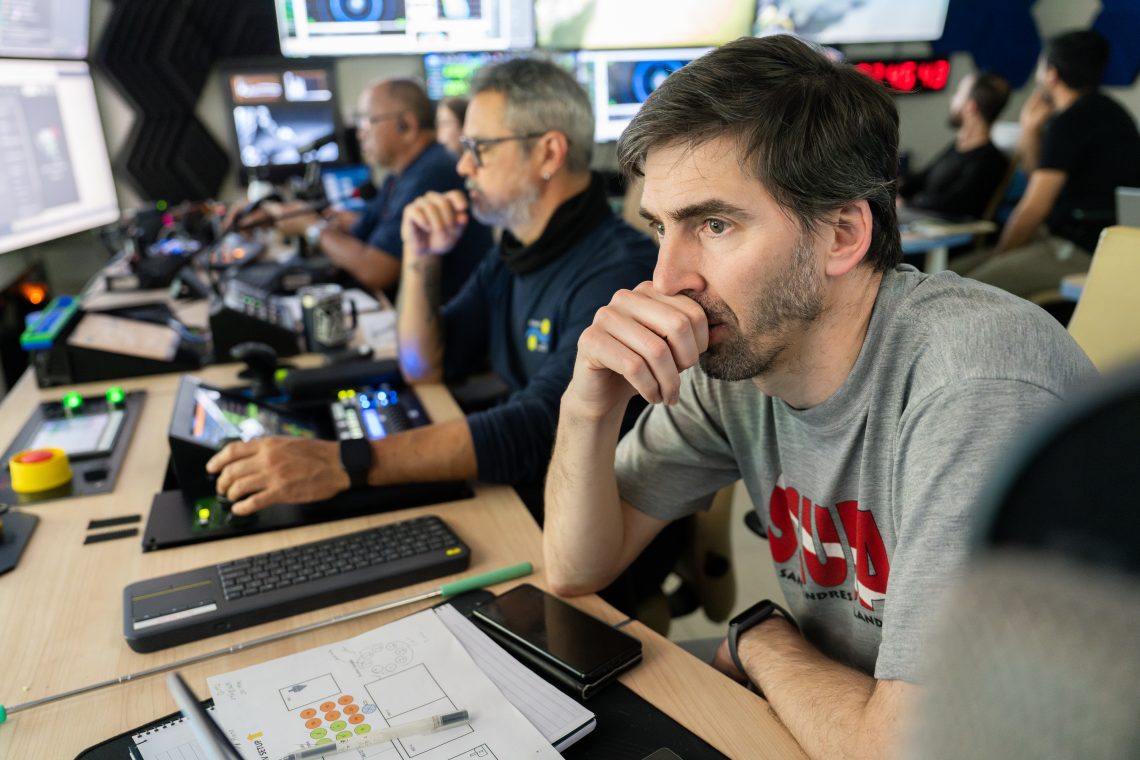
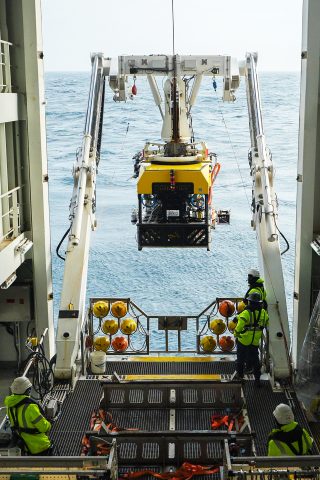
The 21-day expedition took place in the Mar del Plata Canyon, one of Argentina’s largest underwater canyons, located 300 kilometers (186 miles) offshore from the city of Mar del Plata in Argentina. The deepest point is over 3,500 meters — almost twice as deep as the Grand Canyon.
The science team documented rich biodiversity, including deep-sea coral reefs at a depth of 1014 meters (deeper than half a mile), comprised of Bathelia candida, a stony, habitat-forming coral species. At 1500 meters depth (nearly a mile), they found a sprawling field of red Anthomastus sp., a deep-sea soft coral known as a mushroom coral. In total, the scientists suspect they have discovered over 40 new species, including sea anemones, sea cucumbers, sea urchins, snails, corals, and crinoids, amongst others. Confirming the new species will take time, as scientists will need to compare these with known animals.
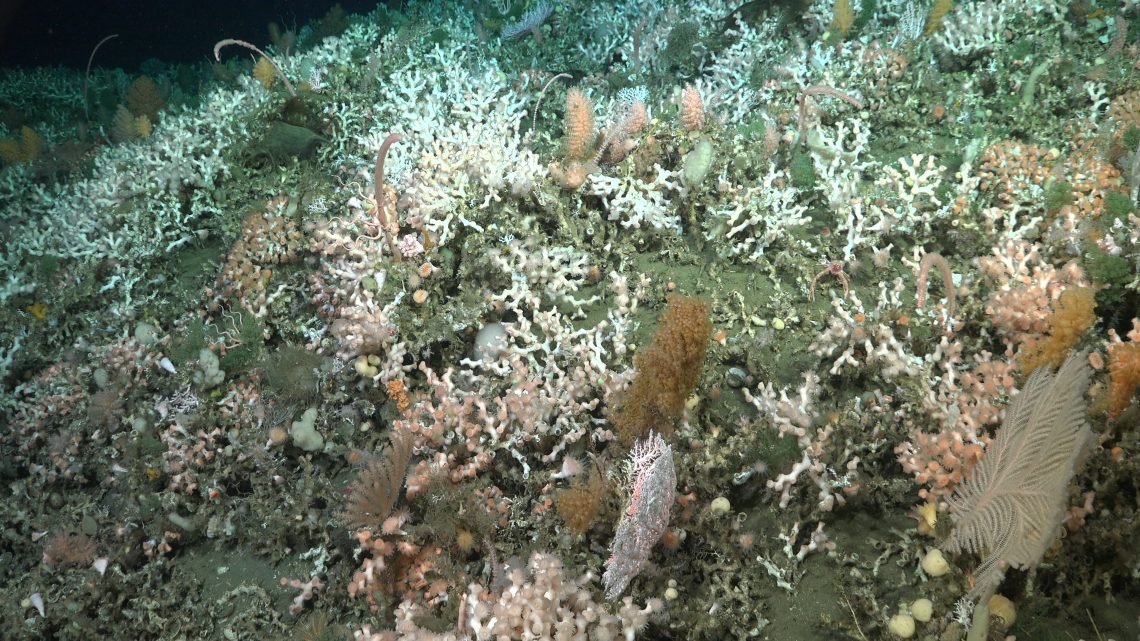
All Schmidt Ocean Institute ROV dives are live-streamed to YouTube and Twitch, allowing anyone with an internet connection to join the scientists as they explore the deep sea in real time. This expedition shattered engagement records for the Institute. One way to measure engagement is views. Most of the Institute’s dives average around 4,000 views; this expedition averaged 500,000 views per dive, with a total of over 17.5 million views over three weeks. About three-quarters of the audience were Argentinians.
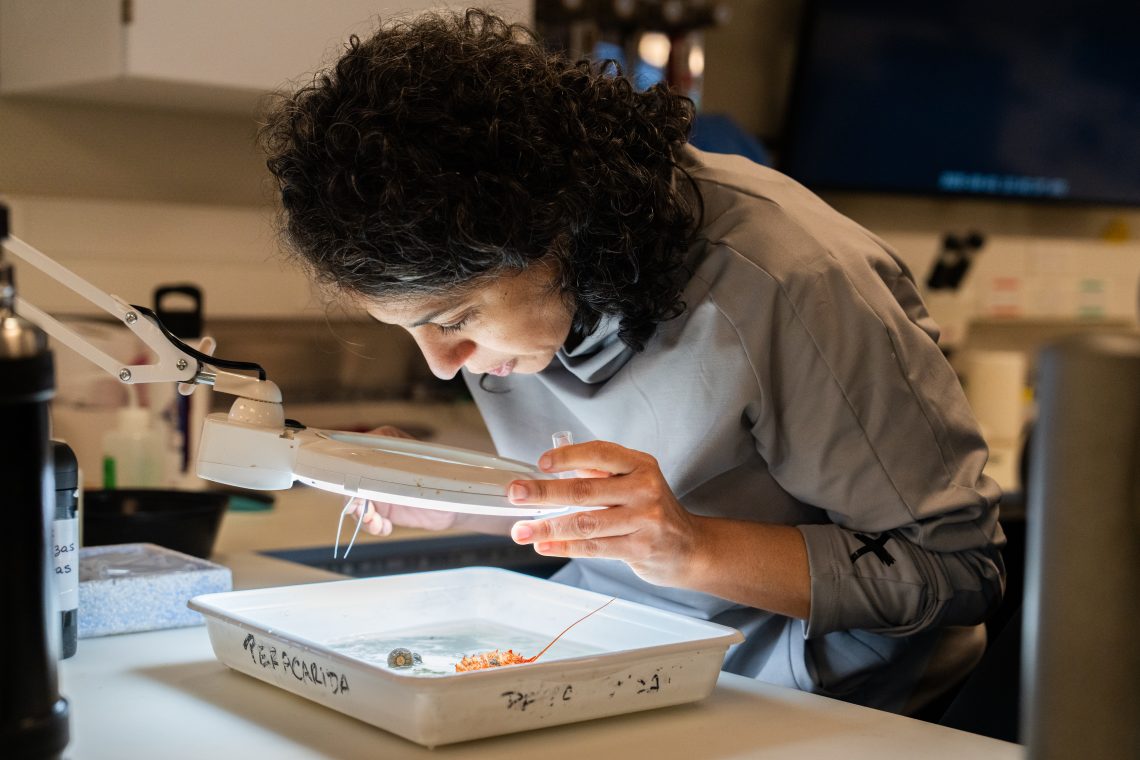
“It’s been incredible to see how people of all ages have connected with the deep sea,” said science team member Dr. Martín Brogger of CONICET and the Instituto de Biología de Organismos Marinos. “We received hundreds of messages from families, teachers, and kids who felt inspired, surprised, and even emotional watching the live broadcasts. Some young students told us they now dream of becoming marine biologists — an impact that goes beyond science by creating a shared sense of wonder and curiosity that can truly last a lifetime.”
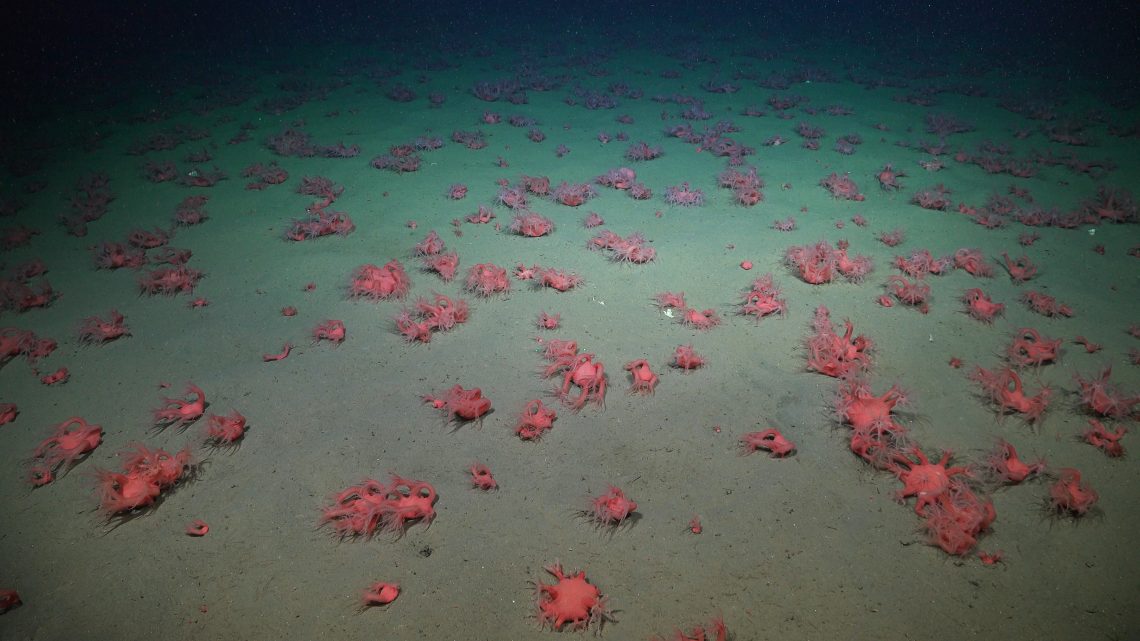
Lauretta said one of the best moments for him was seeing videos of little kids pretending to use an ROV to explore the deep ocean. “Those videos filled my heart with joy — and hope for the future,” he said.
The data collected from the expedition establishes a foundation for future research and resource management. The team and divestream audience also observed how human activity even reaches the deep-sea canyon, with evidence of debris that included shoes, plastic bags, and fishing gear.
“This cruise underscores the power of ocean exploration and science in igniting the imagination,” said Schmidt Ocean Institute’s Executive Director, Dr. Jyotika Virmani. “It was inspiring for us to see Argentinians fall in love with their own deep sea, and we are grateful to the science team, who balanced the demands of seagoing science with their passion to share their research with millions.”
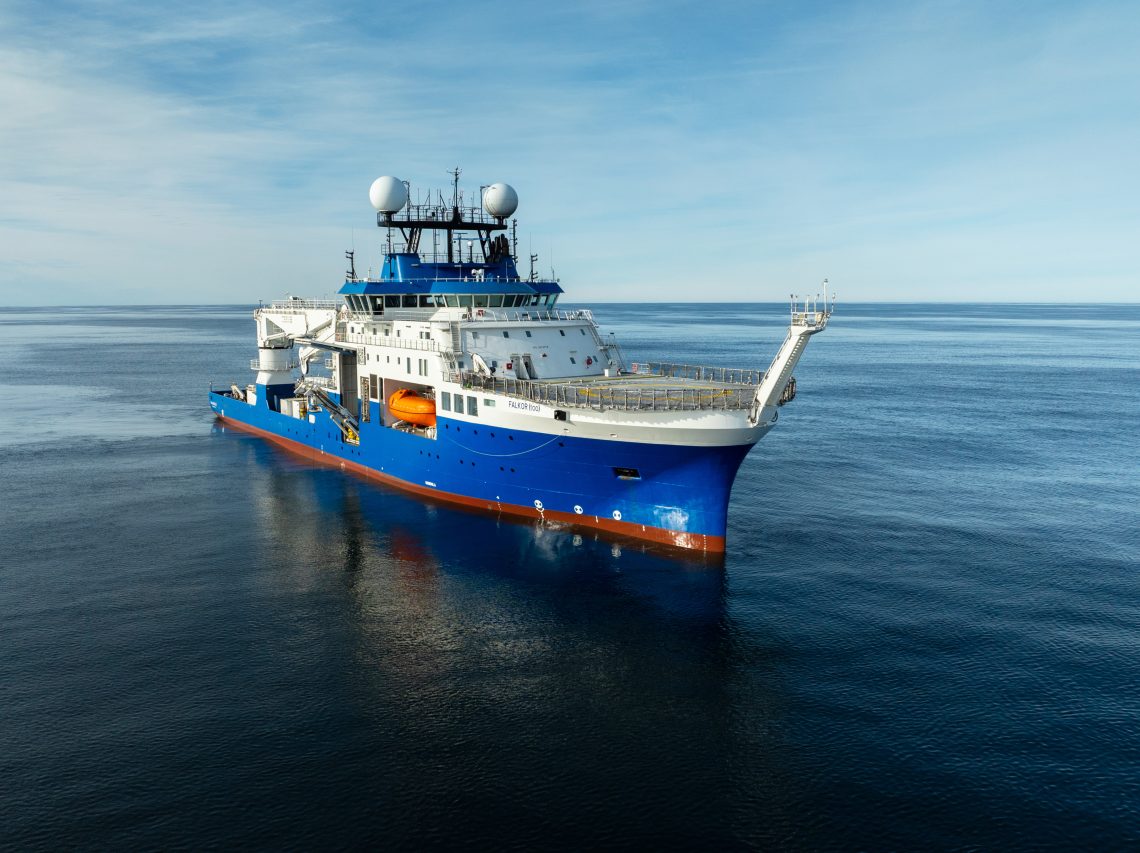
About the Organizations
Schmidt Ocean Institute was established in 2009 by Eric and Wendy Schmidt to catalyze the discoveries needed to understand our ocean, sustain life, and ensure the health of our planet through the pursuit of impactful scientific research and intelligent observation, technological advancement, open sharing of information, and public engagement, all at the highest levels of international excellence. For more information, visit www.schmidtocean.org.
The National Scientific and Technical Research Council (CONICET) is the main agency that promotes Science and Technology in Argentina. Its mission is the development and the execution of scientific and technological activities throughout the national territory in all areas of knowledge and the training of highly specialized human resources. According to this mission, the members of CONICET carry out high-impact research both in basic and applied science and its highly qualified human resources develop technologies in line with the demands and needs of both public and private institutions, and society in general.
